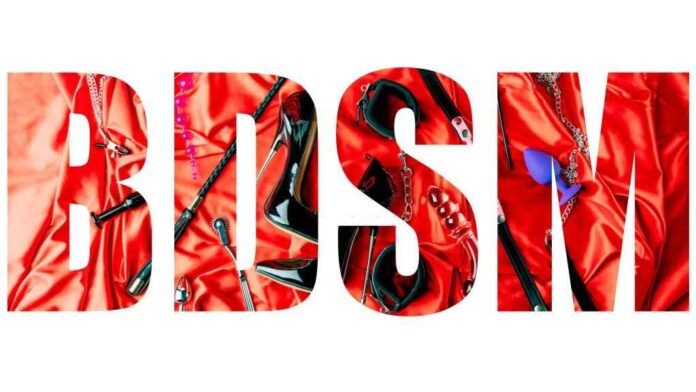Human sexuality is a complex and diverse field, encompassing a wide range of desires and preferences. One such intriguing facet of human sexuality is clothing fetishism. Clothing fetishism is a strong sexual attraction to specific clothing or types of garments. It’s also known as garment fetishism or clothing fetish. This article explains the origins, manifestations, and psychology behind clothing fetishism.
Defining Clothing Fetishism
Clothing fetishism can be defined as a sexual fetish in which individuals derive sexual pleasure or arousal from specific articles of clothing. These items can vary widely, from underwear and lingerie to shoes, boots, uniforms, latex, leather, silk, and various fabrics. The fetishist may experience heightened sexual desire when wearing, touching, or even just looking at these particular garments. This fetish can encompass both wearing the clothing oneself (autoeroticism) or deriving pleasure from seeing others wear them (alloeroticism).
Origins and Prevalence
It is still debated among psychologists and researchers. It’s important to note that fetishes, including clothing fetishism, are not harmful. They become issues only when they disrupt an individual’s life or lead to non-consensual activities.
Several theories attempt to explain the origins of clothing fetishism:
- Childhood experiences:
Some believe that early life experiences, such as discovering BDSM lingerie or uniforms in a parent’s or caregiver’s belongings, may contribute to the development of clothing fetishes.
- Conditioning:
Others suggest that a chance association between clothing and sexual arousal during adolescence or early adulthood can lead to the fetish’s development.
- Sensory pleasure:
The tactile and sensory experience of certain fabrics can also play a role in the development of clothing fetishes. The sensation of silk or latex against the skin may become linked to sexual arousal.
As for its prevalence, clothing fetishism is not uncommon, although it often remains a private aspect of an individual’s sexuality. The internet has allowed people with clothing fetishes to connect and share their experiences more openly in recent years, fostering a sense of community and acceptance.
Manifestations
It can manifest in various ways:
- Wearing fetish clothing:
Some individuals derive sexual pleasure from wearing specific garments, like lingerie, rubber, or leather. The sensation of these fabrics against their skin can be intensely arousing.
- Appreciating the clothing of others:
For some, the act of seeing someone else wear a particular item of clothing, such as a nurse’s uniform or a corset, can be highly erotic. This may involve consensual role-play with a partner who shares their fetish.
- Collecting fetish clothing:
Collecting and preserving specific items of clothing can be an integral part of clothing fetishism. The garments may not necessarily be worn but are kept as prized possessions.
BDSM Shopping Made Easy
Many people BDSM shop clothes and accessories online, due to a growing clothing fetishism. Online shopping is more convenient than visiting physical stores. You can choose from several types of fetish fashion like leather, latex, and PVC to create corsets, collars, and harnesses. Selecting a trustworthy store that sells quality items at reasonable prices is crucial. With online shopping, you can quickly get your BDSM gear delivered right to your doorstep!
Conclusion
People who have a clothing fetishism are attracted to certain types of clothes. This is part of human sexuality. It can be confusing, but it’s important to understand. A more accepting society is possible if we do. People should feel free to explore without shame. If you need more information or have any questions about it, please contact us. Let’s talk and promote acceptance and understanding of all types of human sexuality.


